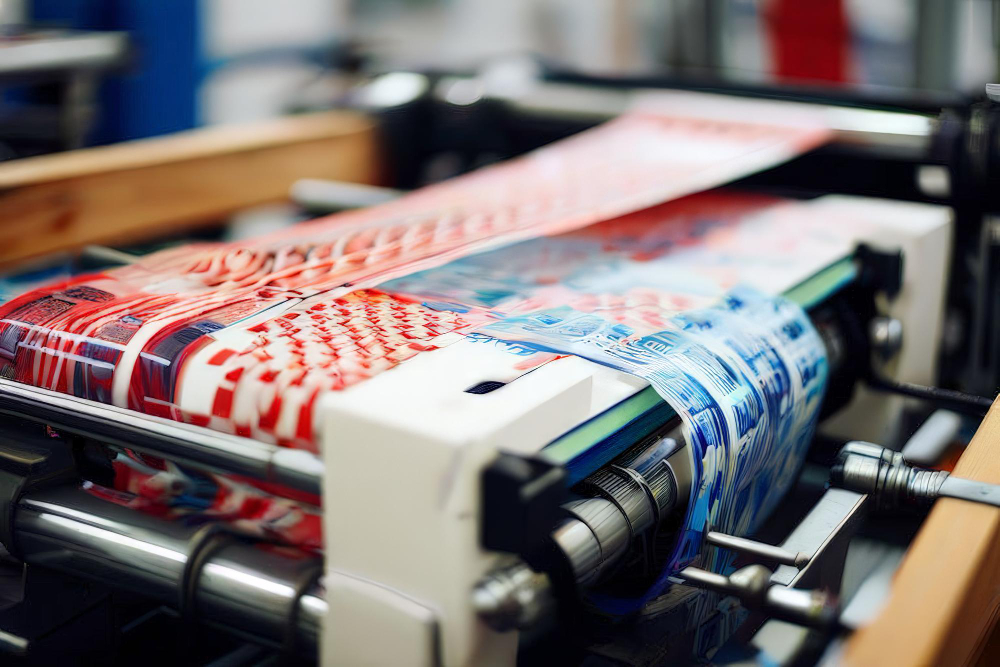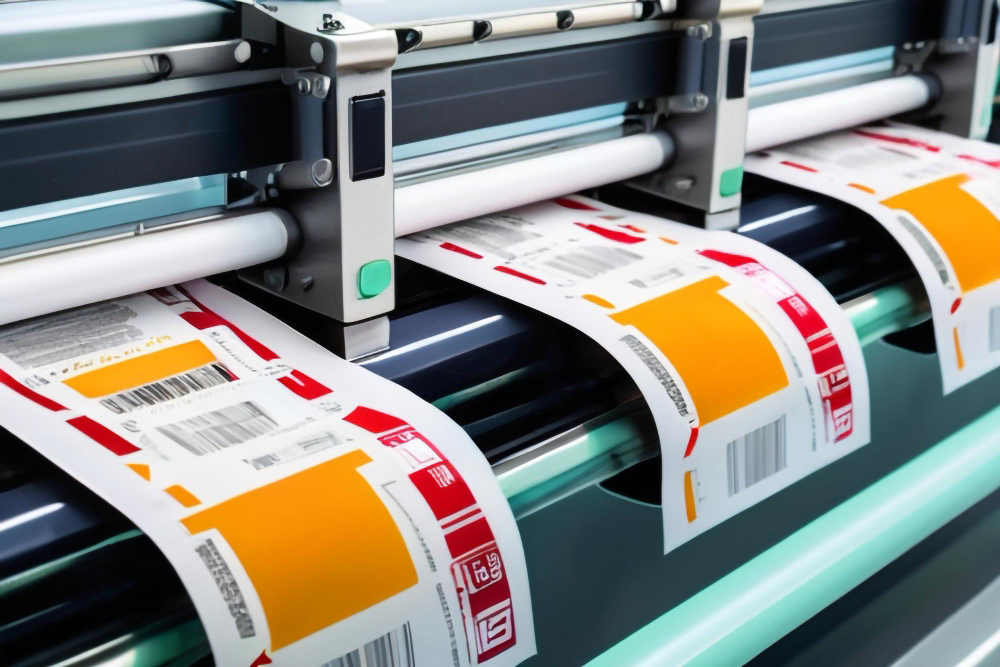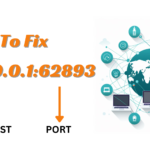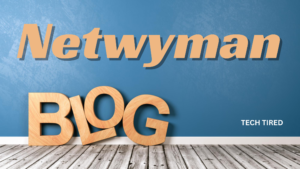Advancements in Printed Labels: The UK’s Path to Future Innovations
- 1 The History of Printed Labels in the UK
- 2 The Digital Revolution in Label Printing
- 2.1 The Benefits of Digital Label Printing
- 2.2 The Impact of Digital Printing on the UK Label Industry
- 3 Innovations in Label Materials and Adhesives
- 3.1 Sustainable Label Materials
- 3.2 High-Performance Label Materials
- 3.3 Advanced Adhesive Technologies
- 4 The Future of Printed Labels in the UK
- 4.1 The Growth of Smart Labels
- 4.2 The Expansion of Digital Printing
- 4.3 The Rise of Customization and Personalization
- 4.4 The Importance of Sustainability
- 5 Conclusion
The United Kingdom has been at the forefront of printed label innovations, consistently pushing the boundaries of what’s possible in the world of label printing. From the early days of hand-printed labels to the modern era of digital printing, the UK has always been a leader in this field.
- The UK has a rich history of innovation in the world of printed labels, from the early days of hand-printing to the modern era of digital printing.
- Digital printing technology has revolutionised the UK label industry, offering faster turnaround times, lower setup costs, and increased flexibility in design and materials.
- Innovations in label materials and adhesives, including sustainable and high-performance options, have played a significant role in the advancement of printed labels in the UK.
- The future of printed labels in the UK is likely to be shaped by the growth of smart labels, the expansion of digital printing, the rise of customization and personalization, and the importance of sustainability.
- By staying at the forefront of technological advancements and responding to the changing demands of the market, label printing companies in the UK can continue to thrive and succeed in this exciting and dynamic industry.
The History of Printed Labels in the UK

The history of printed labels in the UK dates back to the early 19th century when labels were hand-printed using wooden blocks or metal plates. As the Industrial Revolution took hold, the demand for printed labels increased, and new printing techniques were developed to keep up with the growing demand.
The Rise of Lithographic Printing
In the late 19th century, lithographic printing became the dominant method for producing printed labels in the UK. This technique involved creating a master image on a flat surface, which was then transferred to a rubber blanket and finally to the label material. Lithographic printing allowed for the production of high-quality labels with intricate designs and vibrant colours.
The Introduction of Flexographic Printing
In the early 20th century, flexographic printing was introduced in the UK. This printing method uses flexible relief plates to transfer ink onto the label material. Flexographic printing quickly became famous for its ability to print on a wide range of materials, including paper, plastic, and metallic foils.
The Digital Revolution in Label Printing
The advent of digital printing technology in the late 20th century marked a significant milestone in the history of printed labels in the UK. Digital printing allowed for the production of short runs of labels with variable data, opening up new possibilities for customization and personalization.
The Benefits of Digital Label Printing
Digital label printing offers numerous benefits over traditional printing methods, including:
- Faster turnaround times
- Lower setup costs
- The ability to print variable data
- Improved print quality
- Increased flexibility in design and materials
The Impact of Digital Printing on the UK Label Industry
The adoption of digital printing technology has had a profound impact on the UK label industry. Many label printing companies in the UK have invested in digital printing equipment, allowing them to offer a wider range of services to their customers. Digital printing has also enabled the growth of small and medium-sized label printing businesses, as the lower setup costs make it easier for them to compete with larger companies.
Innovations in Label Materials and Adhesives
In addition to advancements in printing technology, there have also been significant innovations in label materials and adhesives in the UK.
Sustainable Label Materials
As consumers become more environmentally conscious, there has been a growing demand for sustainable label materials in the UK. Label printing companies have responded by offering a range of eco-friendly label materials, such as recycled paper, biodegradable plastics, and compostable adhesives.
High-Performance Label Materials
The UK label industry has also seen the development of high-performance label materials designed to withstand extreme conditions. These materials include:
- Temperature-resistant labels for use in cold storage or high-heat applications
- Chemical-resistant labels for use in harsh industrial environments
- Waterproof labels for use in outdoor or marine settings
Advanced Adhesive Technologies
Innovations in adhesive technologies have also played a significant role in the advancement of printed labels in the UK. New adhesive formulations have been developed to provide improved bonding strength, temperature resistance, and removability.
The Future of Printed Labels in the UK
As the UK label industry continues to evolve, several key trends and innovations are likely to shape the future of printed labels in the country.
The Growth of Smart Labels
One of the most exciting developments in the world of printed labels is the rise of intelligent labels. These labels incorporate electronic components, such as RFID tags or NFC chips, that allow them to communicate with other devices and systems. Intelligent labels have numerous applications, including:
- Inventory management and tracking
- Product authentication and anti-counterfeiting
- Consumer engagement and interaction
The UK label industry is well-positioned to be a leader in the development and adoption of intelligent label technology, with several companies already offering innovative label solutions.
The Expansion of Digital Printing
Digital printing technology is expected to continue to grow and evolve in the UK label industry. As digital printing equipment becomes more advanced and affordable, more label printing companies are likely to invest in this technology. This will lead to increased competition and innovation in the digital label printing market.
The Rise of Customization and Personalization
The ability to print variable data and create customised labels is one of the key benefits of digital printing technology. As consumers become more accustomed to personalised products and experiences, the demand for customised labels is likely to grow. Label printing companies in the UK that can offer high-quality, customised labels will be well-positioned to succeed in this market.
The Importance of Sustainability
Sustainability is likely to remain a key focus for the UK label industry in the coming years. As consumers and businesses become more environmentally conscious, there will be a growing demand for sustainable label materials and printing processes. Label printing companies that can offer eco-friendly solutions will have a competitive advantage in the market.
Conclusion
The UK has a long and proud history of innovation in the world of printed labels, and the country is well-positioned to continue to be a leader in this field in the years to come. From the adoption of digital printing technology to the development of smart labels and sustainable materials, the UK label industry is constantly evolving to meet the changing needs of businesses and consumers.
As the industry continues to grow and innovate, it’s clear that the future of printed labels in the UK is bright. By staying at the forefront of technological advancements and responding to the changing demands of the market, label printing companies in the UK can continue to thrive and succeed in this exciting and dynamic industry.

















